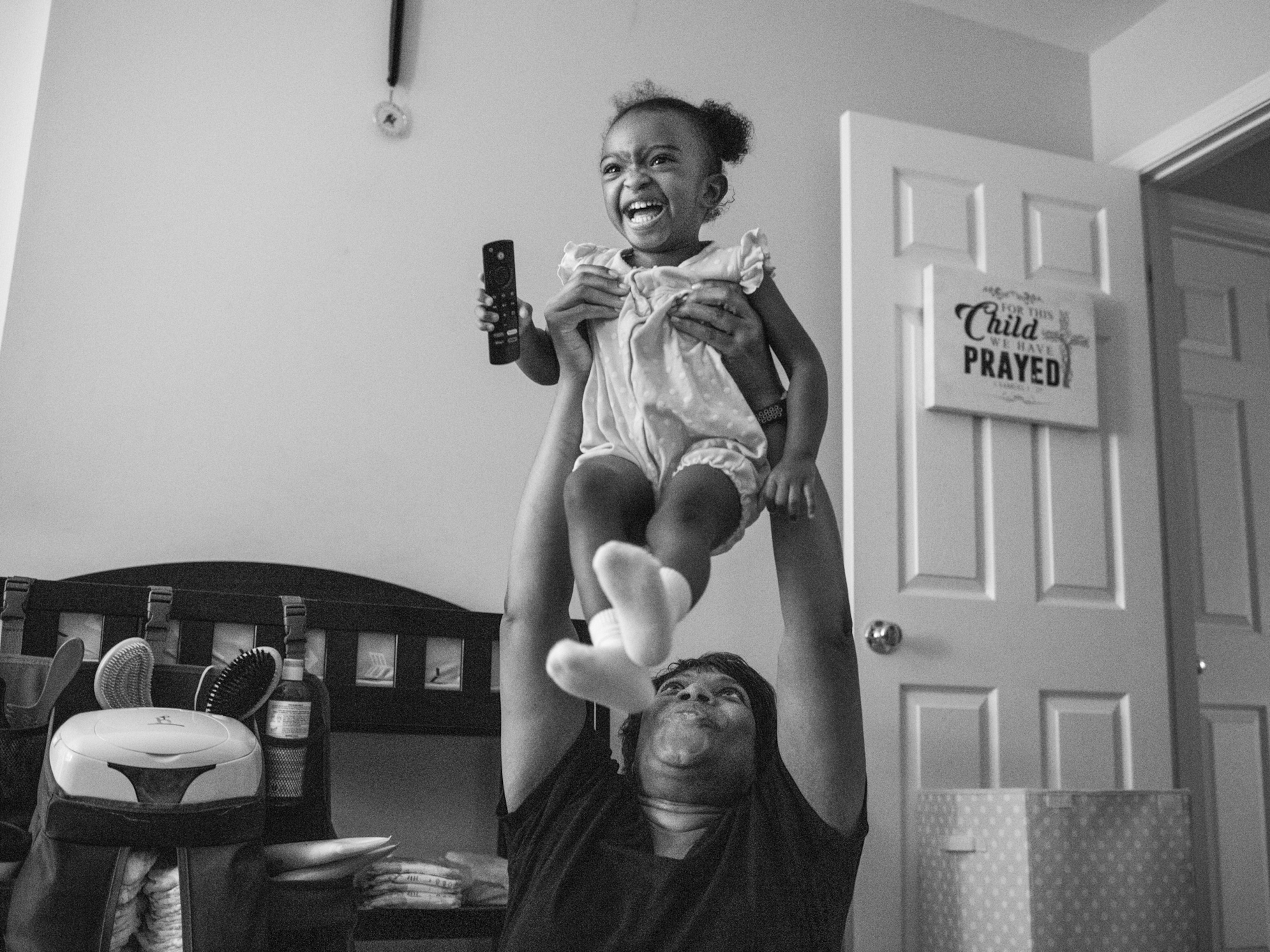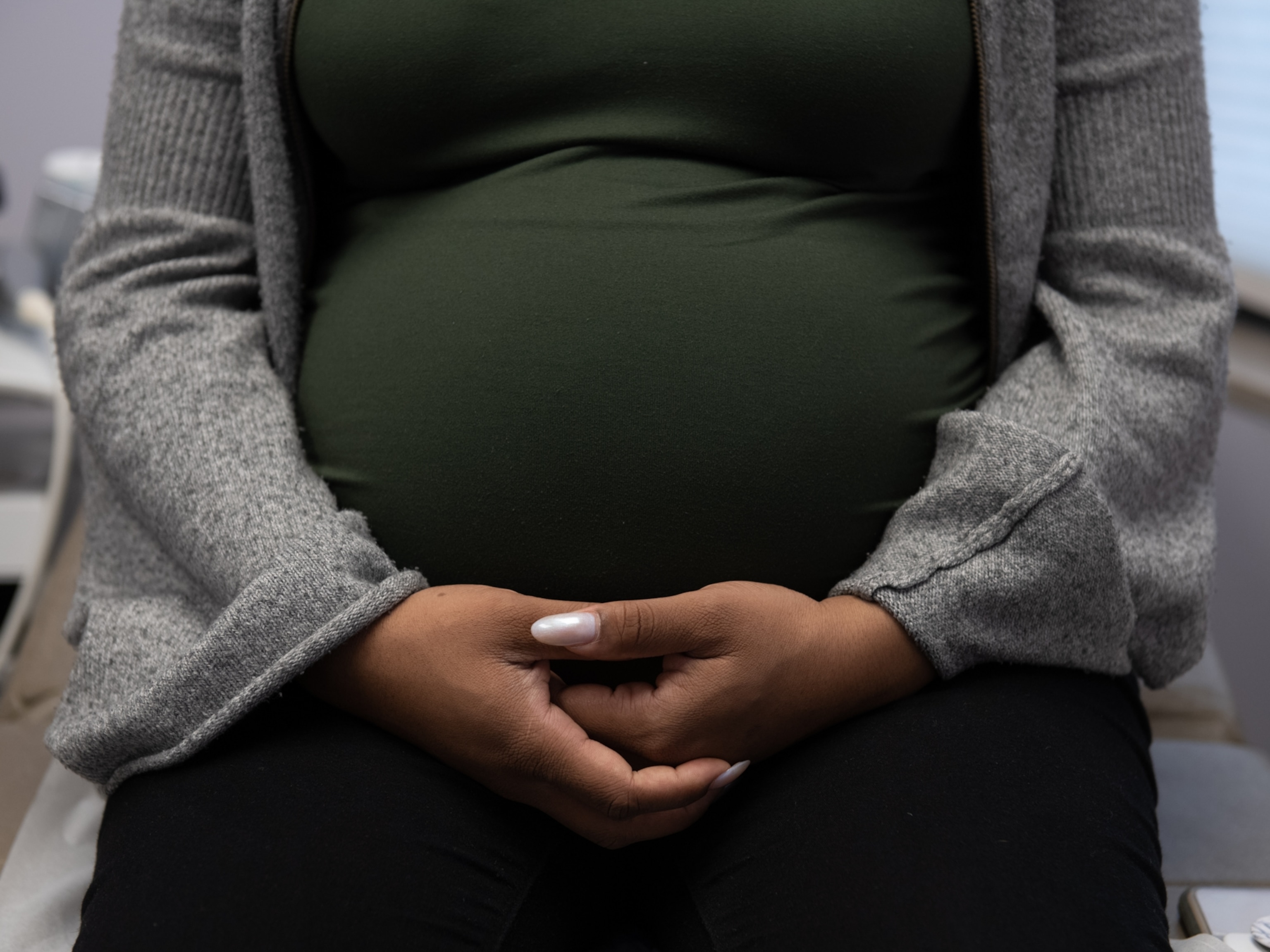



















Inside the Lives of Georgia’s Child Brides
With girls marrying as young as 12, Georgia has one of the highest rates of child marriage in Europe.
No one really knows for sure how many underage girls are getting married in the country of Georgia.
The United Nations Population Fund has records showing that at least 17 percent of girls in Georgia are married before they’re 18 years old—the nation’s legal age for marriage. But what makes it hard to track is that families sometimes circumvent the law, by holding off on registering the marriage for several years. They hold weddings in rural mosques or churches and consider the couple culturally and religiously married.
Photojournalist Daro Sulakauri grew up in Georgia and remembers one of her classmates getting married when they were both only 12. “I had this disturbed feeling in a way,” she remembers. “I felt like something was wrong. But I didn't understand what it was.”
Those feelings returned to Sulakauri when she began researching women’s issues in Georgia after receiving a grant from the Human Rights House Network. Remembering her classmate, she started asking around about young marriages. Soon after, she received an invitation to a wedding in a small village, and at the end of the celebration, the young bride started to weep.
“It was so hard to tell her feelings,” Sulakauri says. “Was she sad? Was she happy? For me, she was very confused. So that's why I started to realize I really wanted to do a story on this.”
UNICEF calls child marriage “a fundamental violation of human rights,” and Georgia has one of the highest rates of child marriage in Europe. It’s a tradition that goes back centuries and isn’t confined to one region or religion. And while the reasons for the marriages differ from town to town and group to group, there are a few commonalities. The grooms are almost always older, have finished school, and are of legal age. Typically, it’s the groom’s mother who begins the matchmaking process, but Sulakauri has encountered couples who met through friends, in school, or online. And though the girls aren’t necessarily forced into the marriages, cultural pressure is extremely strong.
“They kind of go with the flow,” Sulakauri says. “Because their great-great-grandmother did the same thing, and their grandmother, and their mother got married at a very young age. So they think that it's the way of life, that that's how it's supposed to be.”
The people in Sulakauri’s photos are Georgian Azeris, members of an ethnic and religious minority. One of the child brides she met, Layla, was 12 when she married and was living with her husband’s family. Her story in particular stuck with Sulakauri, who remembers that in their first conversations, Layla was very open. “She had all these dreams about the future, what she wanted to be, like a stylist,” she says. “She wanted to continue education and had all kinds of things that she still wanted to do.”
A year later, Sulakauri reconnected with Layla—and things were different. “She has become a housewife at the age of 13,” she says. “She's not going to go to school, that's for sure. It's kind of over for her in a way.”
And it’s not just dropping out of school that will impact these girls forever. Sex education is virtually nonexistent in Georgia, and Sulakauri says that some girls don’t understand what marriage entails until after the wedding day. A Reproductive Health Survey in 2010 revealed that “some 76.6 [percent] of married women aged 15 to 19 years used no method of modern contraception.” Unsurprisingly, then, many young brides get pregnant soon after the wedding, which can cause all sorts of health complications for their still developing bodies.
When Sulakauri meets these girls, she can’t help but think of her own childhood. “It was very different,” she says. “I was a kid as long as I could be a kid, you know?” If her work can’t grant that same childhood for the brides she photographs, she’s hopeful it could change the future for others.
“I wanted to show people in my country that this was happening. It can lead to change. Maybe they will start talking about it: ‘Maybe this should not happen. Maybe it's too young.’”
Related Topics
You May Also Like
Go Further
Animals
- This ‘saber-toothed’ salmon wasn’t quite what we thoughtThis ‘saber-toothed’ salmon wasn’t quite what we thought
- Why this rhino-zebra friendship makes perfect senseWhy this rhino-zebra friendship makes perfect sense
- When did bioluminescence evolve? It’s older than we thought.When did bioluminescence evolve? It’s older than we thought.
- Soy, skim … spider. Are any of these technically milk?Soy, skim … spider. Are any of these technically milk?
- This pristine piece of the Amazon shows nature’s resilienceThis pristine piece of the Amazon shows nature’s resilience
Environment
- This pristine piece of the Amazon shows nature’s resilienceThis pristine piece of the Amazon shows nature’s resilience
- Listen to 30 years of climate change transformed into haunting musicListen to 30 years of climate change transformed into haunting music
- This ancient society tried to stop El Niño—with child sacrificeThis ancient society tried to stop El Niño—with child sacrifice
- U.S. plans to clean its drinking water. What does that mean?U.S. plans to clean its drinking water. What does that mean?
History & Culture
- Séances at the White House? Why these first ladies turned to the occultSéances at the White House? Why these first ladies turned to the occult
- Gambling is everywhere now. When is that a problem?Gambling is everywhere now. When is that a problem?
- Beauty is pain—at least it was in 17th-century SpainBeauty is pain—at least it was in 17th-century Spain
- The real spies who inspired ‘The Ministry of Ungentlemanly Warfare’The real spies who inspired ‘The Ministry of Ungentlemanly Warfare’
- Heard of Zoroastrianism? The religion still has fervent followersHeard of Zoroastrianism? The religion still has fervent followers
Science
- Here's how astronomers found one of the rarest phenomenons in spaceHere's how astronomers found one of the rarest phenomenons in space
- Not an extrovert or introvert? There’s a word for that.Not an extrovert or introvert? There’s a word for that.
- NASA has a plan to clean up space junk—but is going green enough?NASA has a plan to clean up space junk—but is going green enough?
- Soy, skim … spider. Are any of these technically milk?Soy, skim … spider. Are any of these technically milk?
- Can aspirin help protect against colorectal cancers?Can aspirin help protect against colorectal cancers?
Travel
- What it's like to hike the Camino del Mayab in MexicoWhat it's like to hike the Camino del Mayab in Mexico
- Follow in the footsteps of Robin Hood in Sherwood ForestFollow in the footsteps of Robin Hood in Sherwood Forest
- This chef is taking Indian cuisine in a bold new directionThis chef is taking Indian cuisine in a bold new direction
- On the path of Latin America's greatest wildlife migrationOn the path of Latin America's greatest wildlife migration
- Everything you need to know about Everglades National ParkEverything you need to know about Everglades National Park




